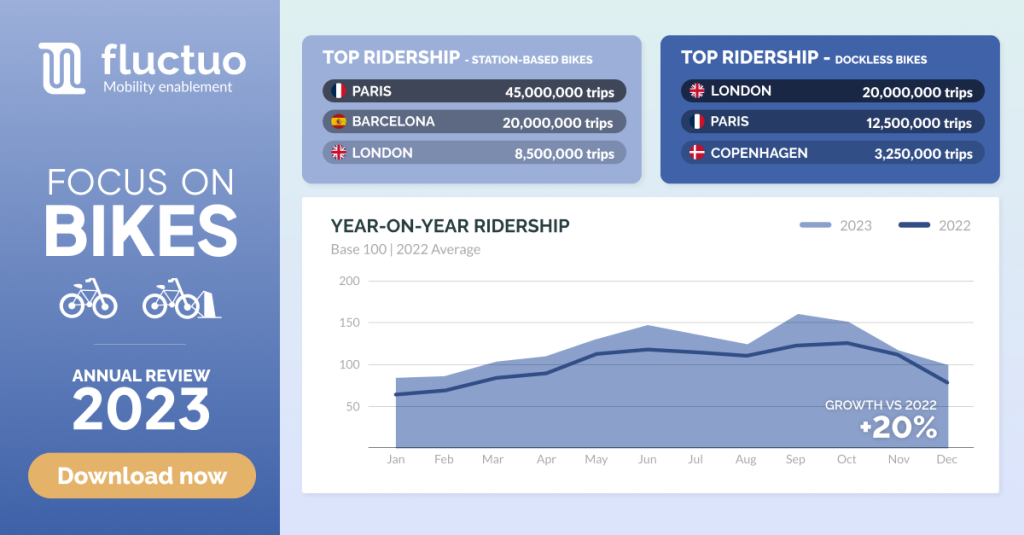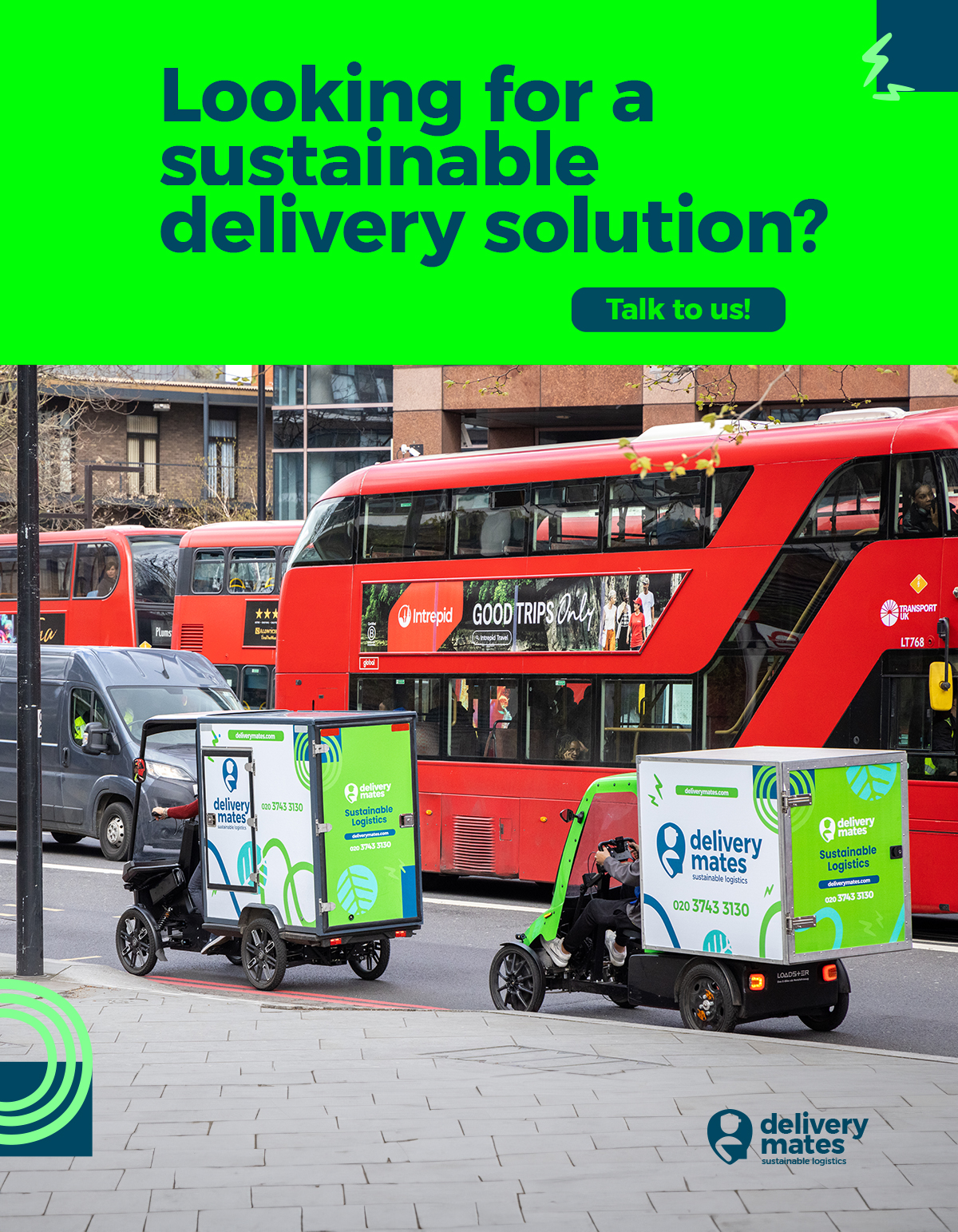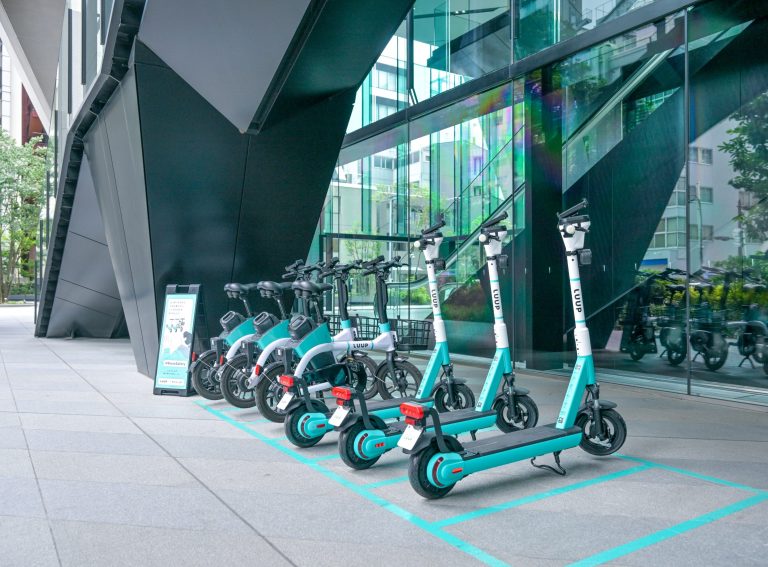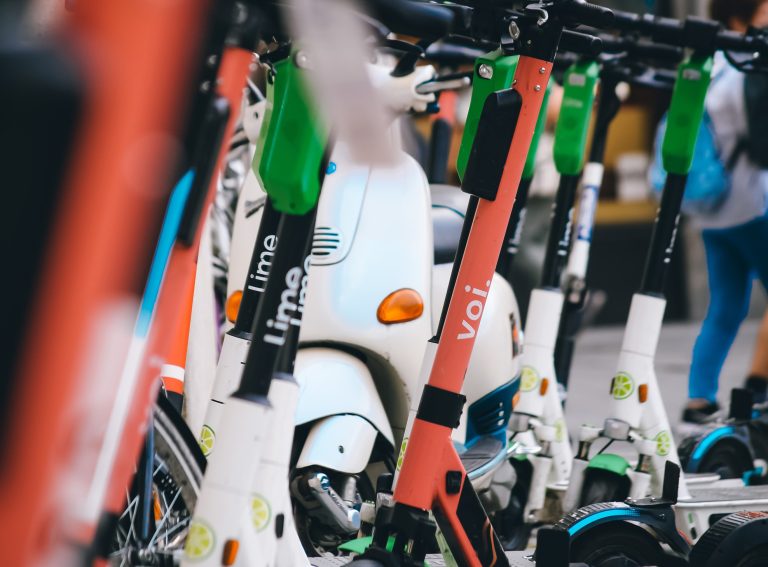Ridership of dockless bikes across Europe has increased by 54% in 2023, according to Fluctuo’s annual review.
Fleet size has also increased by 50% with the transport mode now constituting 130,000 (14%) of the 930,000 total shared vehicles across 115 cities.
The positive trend continues after dockless bike ridership was found to have risen by 44% in last year’s Q3 European Shared Mobility Index report.
“It’s clear that cities have a preference for shared bikes over shared scooters,” Fluctuo CEO Julien Chamussy told Zag Daily. “This is because cities know how to deal with bikes, and specific infrastructure has already been built for them like parking zones with racks and bike lanes.
“That’s why we’re seeing more and more tenders with specific requests for dockless bikes.”
From the operator side, Julien says bikes are more expensive to purchase and operate compared to scooters hence a reluctance to include them in offerings.
“As cities across Europe are pushing for more bikes and fewer scooters, they have had to adapt. Some operators have made significant progress in operating bikes and reaching almost the same metrics as scooters.”
London takes gold
At 20 million trips, London had the highest number of trips taken by dockless bikes in 2023. Paris came second at 12.5 million, and Copenhagen third on 3.25 million.

Europe vs North America
The number of dockless bikes far exceeds that across the Atlantic, with 132,000 recorded in Europe and 15,000 in North America. Zooming out on the number of shared vehicles in total, Europe boasts 796,000 while North America falls behind at 280,000.
Julien says the differing adoption of shared mobility between the continents is down to three things.
“City design, population density and political will.
“Most US cities are built around the car and so are spread out over a larger surface area. That means shared scooters and bikes, which are great for rides between two and five kilometres, are not adapted.”
Larger zones also make it harder for operators to cover. A higher population density in Europe means operators can generate more rides with the same vehicles.
“Politically, Europe has been laying the groundwork for years to encourage cycling and build cycling infrastructure. Some good work is being done in North America, but it will take a lot more time to see these efforts paying off at scale.”
A pleasant surprise
2023 was a year full of difficulties for the micromobility industry. Amongst some, Bird filed for bankruptcy, Superpedestrian closed its US operations only to be bought out by Surf Beyond and Tier announced a 22% layoff of its workforce.
Despite this, Julien was pleased to see that the market is still growing. Fleets have grown by 7%, ridership by 10% and revenue by 18%, with ridership and revenue expected to rise in 2024.
“Consolidation will continue and there will be fewer operators. But the financial solidity and operational control of the remaining players will enable the continued development of shared mobility in Europe.
“This is good news for the inhabitants of European cities.”
Looking at the year ahead, Julien says that public subsidies for private schemes would be a critical development in shared mobility, especially for smaller schemes which struggle to reach profitability.
“We all know that economic viability is the number one priority.
“Most station-based bike sharing services are funded or subsidised by cities. Why can’t free-floating scooters, bikes and mopeds be subsidised too?”




